St. Vital Museum: History From 1820s Settlement To Present Day Winnipeg Neighbourhood
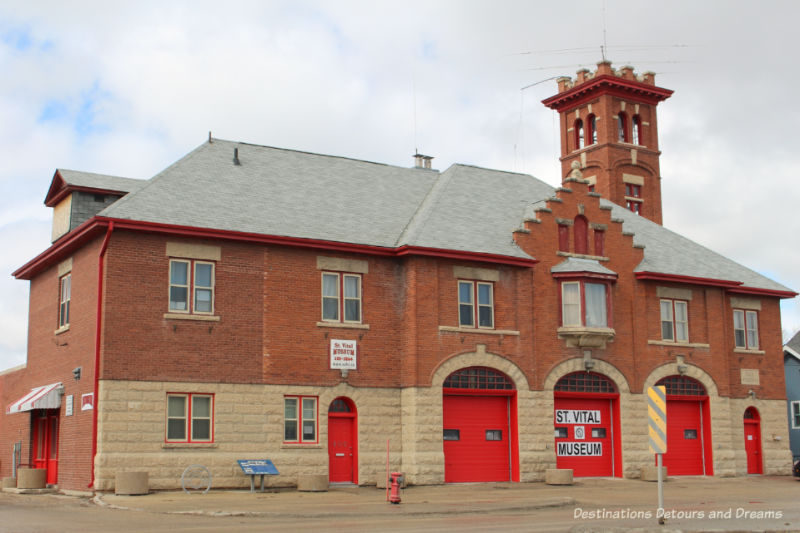
St. Vital Museum in Winnipeg, Manitoba, Canada tells the story of the community of St Vital, once its own city before amalgamation with Winnipeg in 1972
Before 1972, what is now Winnipeg, Manitoba, Canada was a collection of 13 different municipalities. St. Vital was one of those communities and the St. Vital Museum tells its story.
A two-storey brick structure with stone facing houses the St Vital Museum. The building at 600 St. Mary’s Road was built in 1914 and housed both the St. Vital Police and St. Vital Fire Departments.
The museum displays artifacts and stories related to the history of St. Vital dating from the first settlement in 1820, when the Selkirk Settlers arrived. Métis hunters and traders already lived in the area and Métis families settled along the Seine and Red Rivers. Francophone families moved into the area as well.
The community was named St. Vital in 1860 in honour of the patron saint of Father Vital-Justin Grandin. In 1880, it became a rural municipality known as the Rural Municipality of St. Boniface. It was renamed the Rural Municipality of St. Vital in 1903 to avoid confusion with the Town of St. Boniface, which had been formed in 1883. From 1891 to 1914, the municipality went through a series of boundary changes. The land west of the Red River was separated to form the RM of Fort Garry and some land was annexed to the City of St. Boniface and from the RM of Ritchot. St. Vital then became bounded on the west and the east by the Red and Seine Rivers, Carriere Avenue on the north and Grande Pointe on the south.
In the 1900s, St. Vital had large landowners and many market gardens. Over time, many of these were subdivided into city lots. St. Vital achieved city status in 1962. In 1972, it became part of the City of Winnipeg.
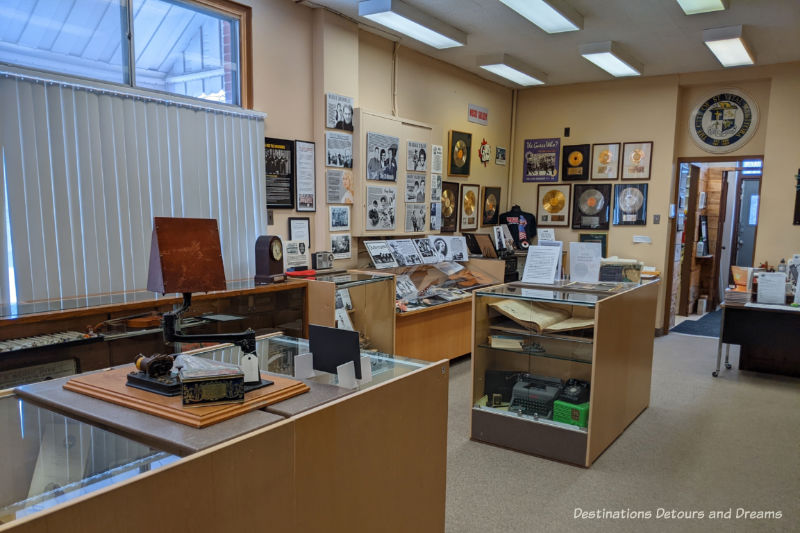
The first room of the museum contains a variety of displays on communication devices, music and musicians of St. Vital, and information on well-known people of St. Vital. Nia Vardalos of My Big Fat Greek Wedding and Deanna Durbin, musical film star of the 1930s and 1940s, are among the personalities featured. The Guess Who gold records on are display. The Guess Who were a rock band that achieved international success in the late 1960s and early 1970s. (The Guess Who gold record display is featured in my book 111 Places in Winnipeg That You Must Not Miss.)
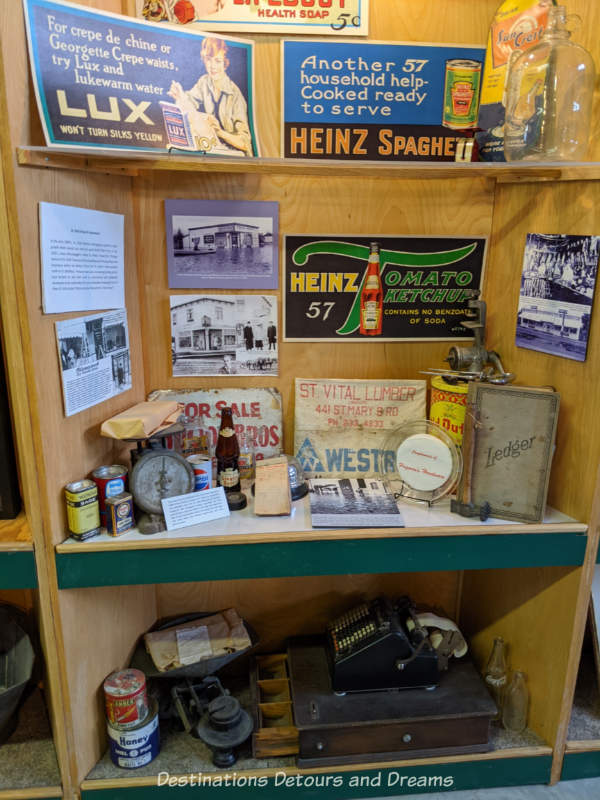
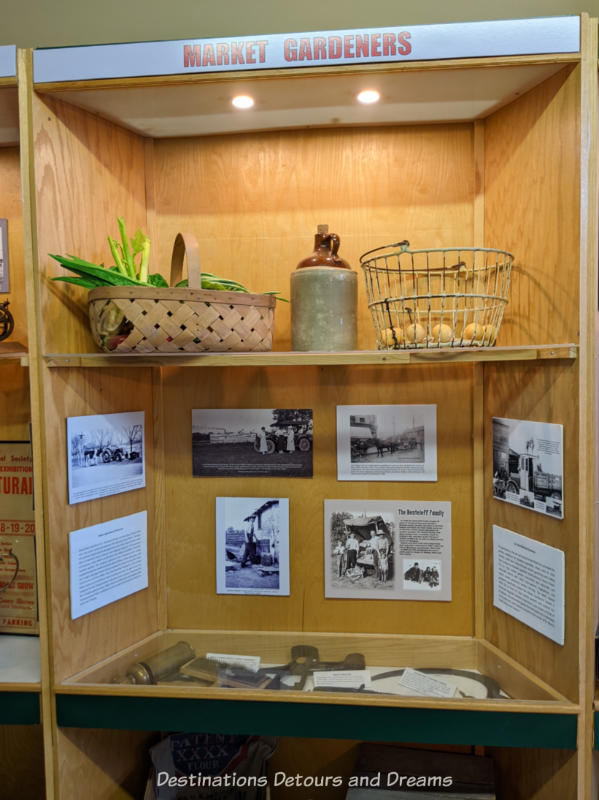
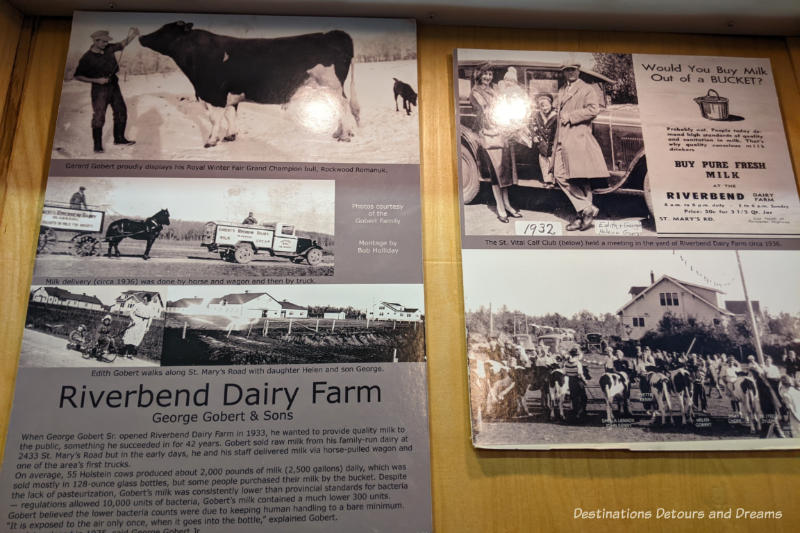
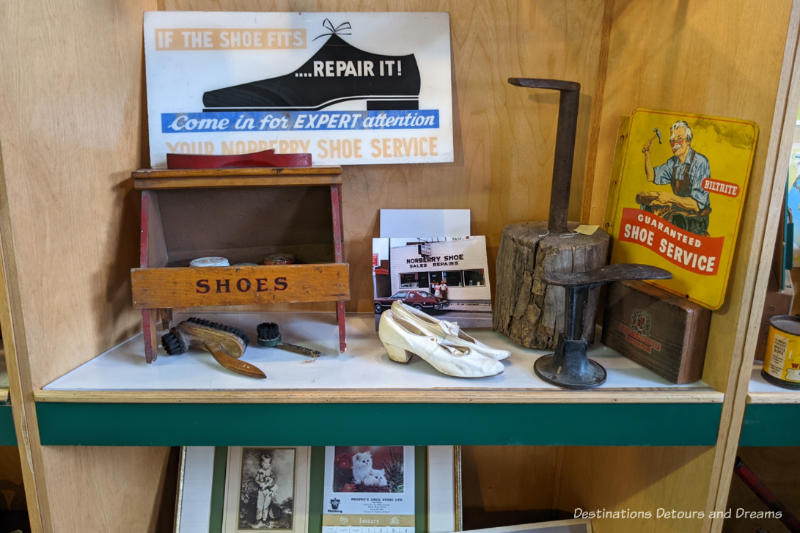
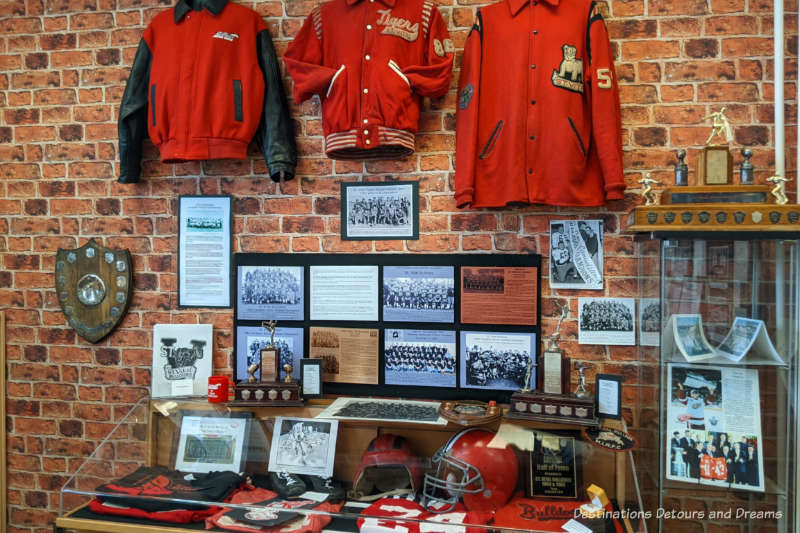
In other rooms, you’ll find displays about sports teams, municipal government figures, businesses, and life in general. There is an old school room and a room with vintage toys.
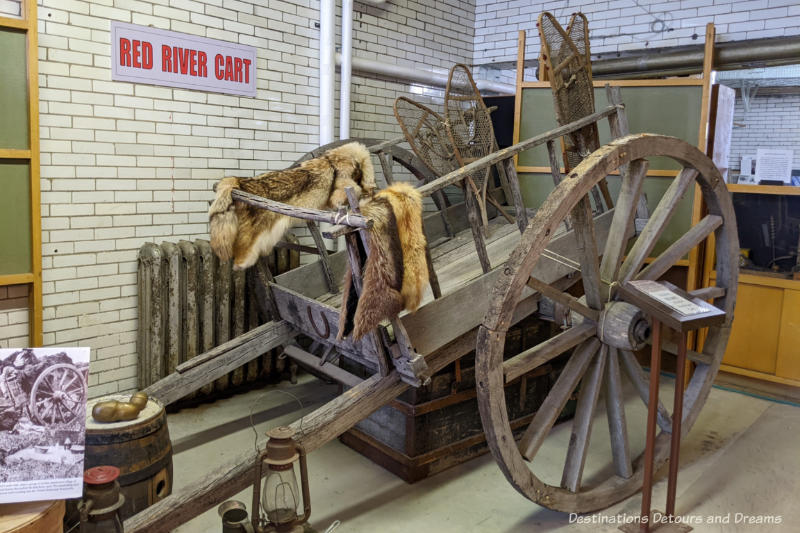
A Red River Cart is on display. The Red River cart first appeared in the early 1800s. It was built of wood and contained no metal or glue. It was held together by dowels so it could be easily repaired on the trail using only an axe, saw, boring bit, and chisel. It was pulled by horses or oxen and used to transport freight, bison hides, and pemmican.
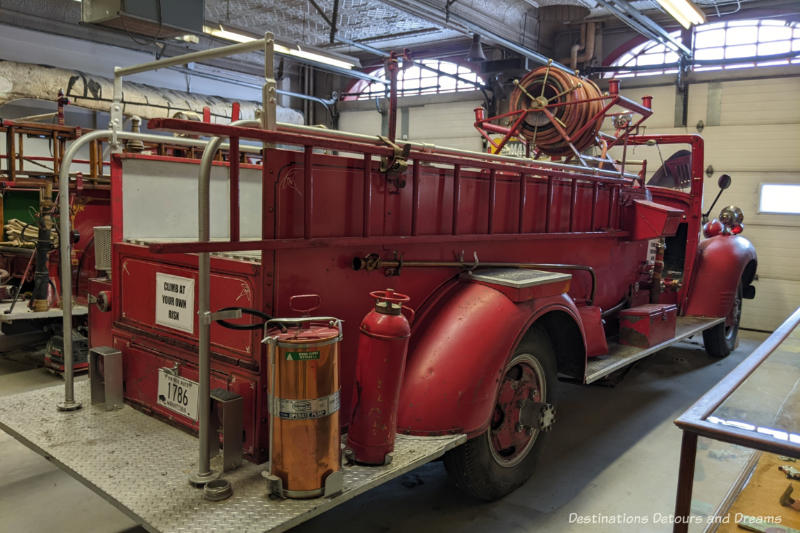
In the fire truck bay, which has a pressed tin ceiling, you’ll find a 1923 REO Speedwagon fire truck, the purchase of which marked the beginning of the end of horse-drawn fire-wagons. You’ll also find other fire-fighting equipment and St. Vital Fire Department history.

The St. Vital Museum contains information on St. Vital pioneers. However, if you are interested in digging into the life and history of one of St. Vital’s most well-known sons, Louis Riel, the Métis leader known as the Father of Manitoba, you should visit the St. Boniface Museum. It has more extension information and artifacts about Louis Riel. Joseph Riel, Louis’ younger brother, served as reeve and a councillor in St. Vital for 32 years. You will find information about him in the St. Vital Museum.
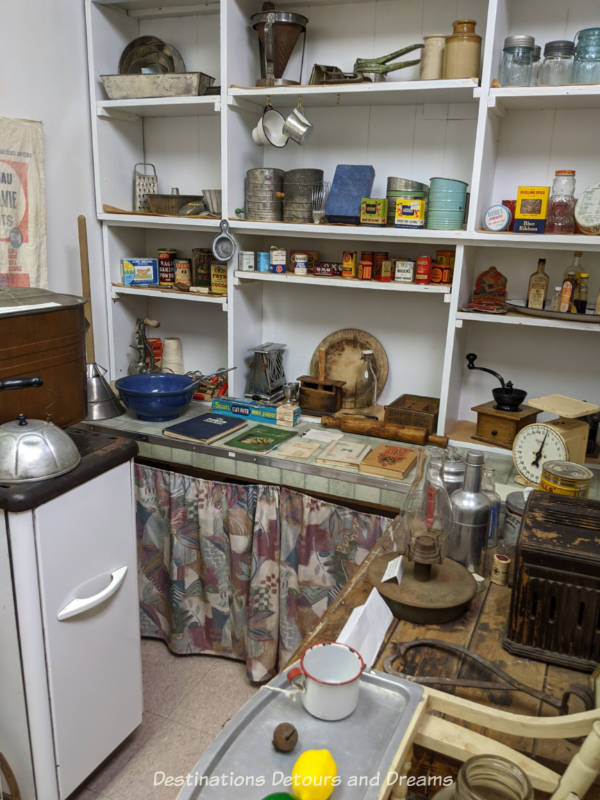
My husband grew up in St. Vital. Both he and his sister found many memories in the museum and learned a little more about the community’s history. There is also much to interest people without roots in the area. Within the last year, the museum has reorganized and revitalized its displays. It has many more artifacts in its collection than are on display, so displays may be augmented and changed over time.
St. Vital Museum is run by volunteers and open one to two days a week. Check its website for days and hours.
Never miss a story. Sign up for Destinations Detours and Dreams free monthly e-newsletter and receive behind-the-scenes information and sneak peeks ahead.
PIN IT

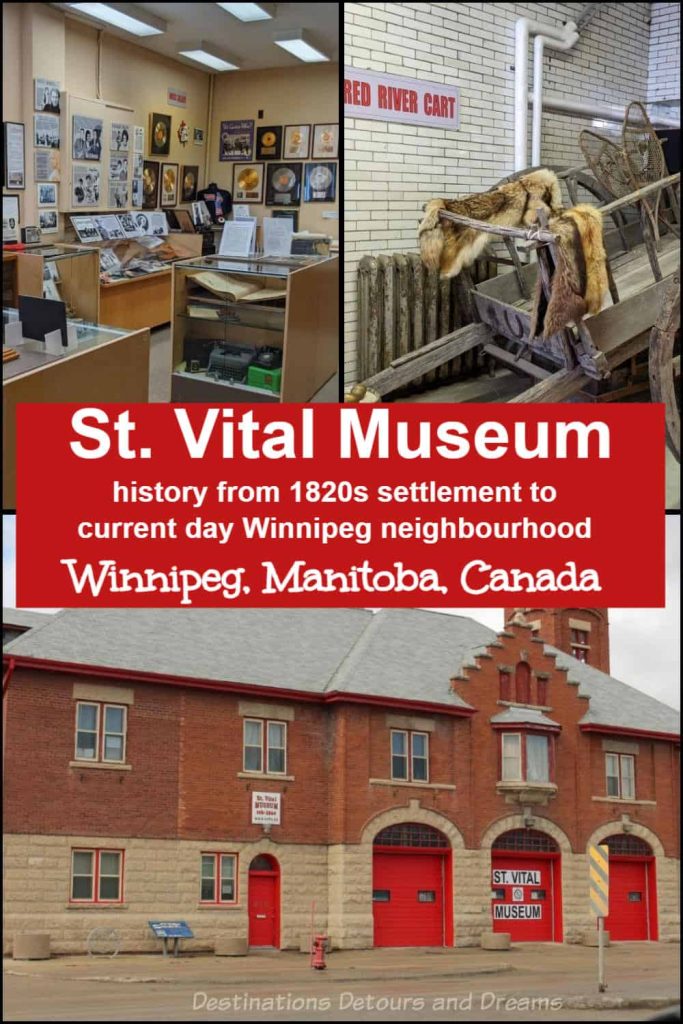

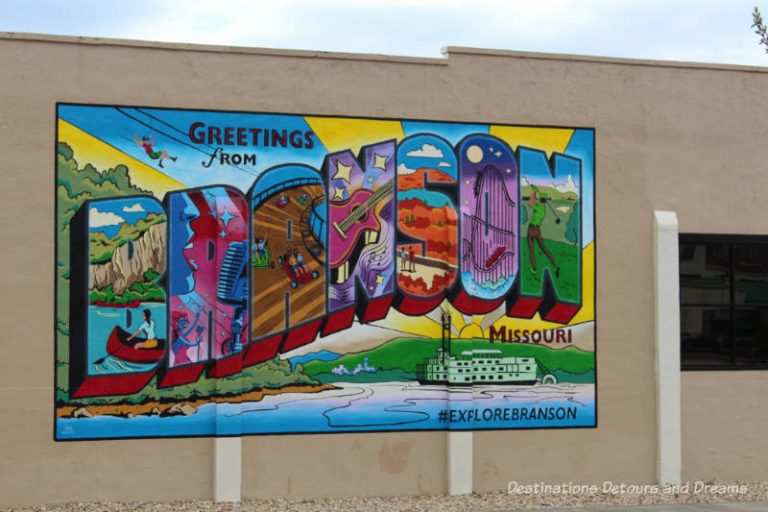


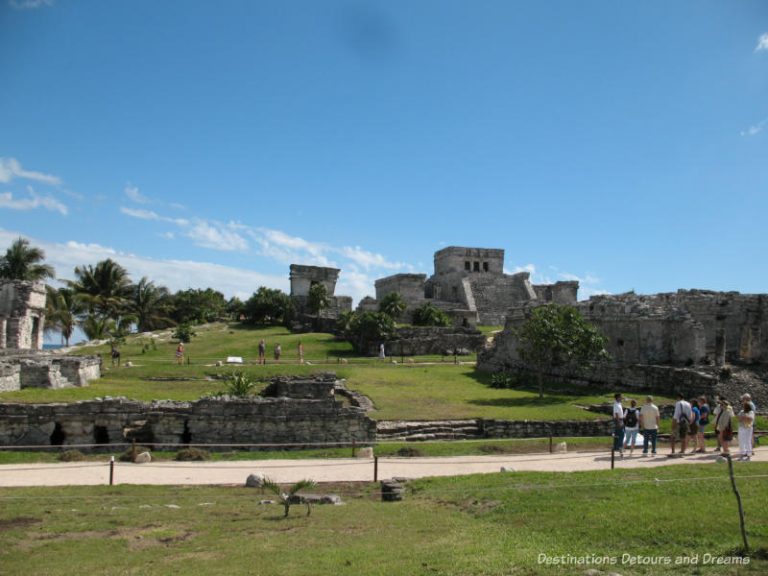
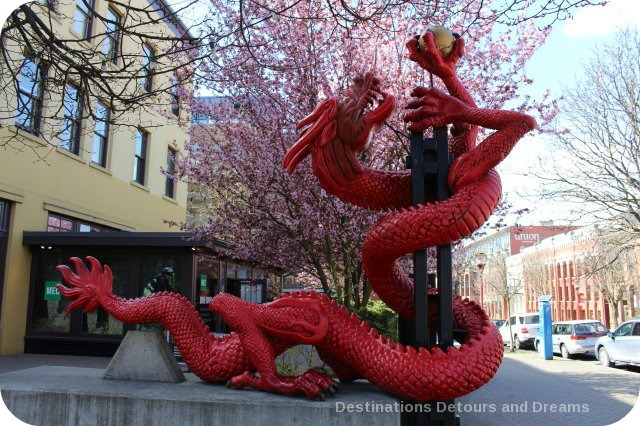

It’s interesting that different neighborhoods in Winnipeg have their own museum showing their history and their identity. That not something we see in cities in the U.S. If anything, there’s usually one big history museum covering the whole city.